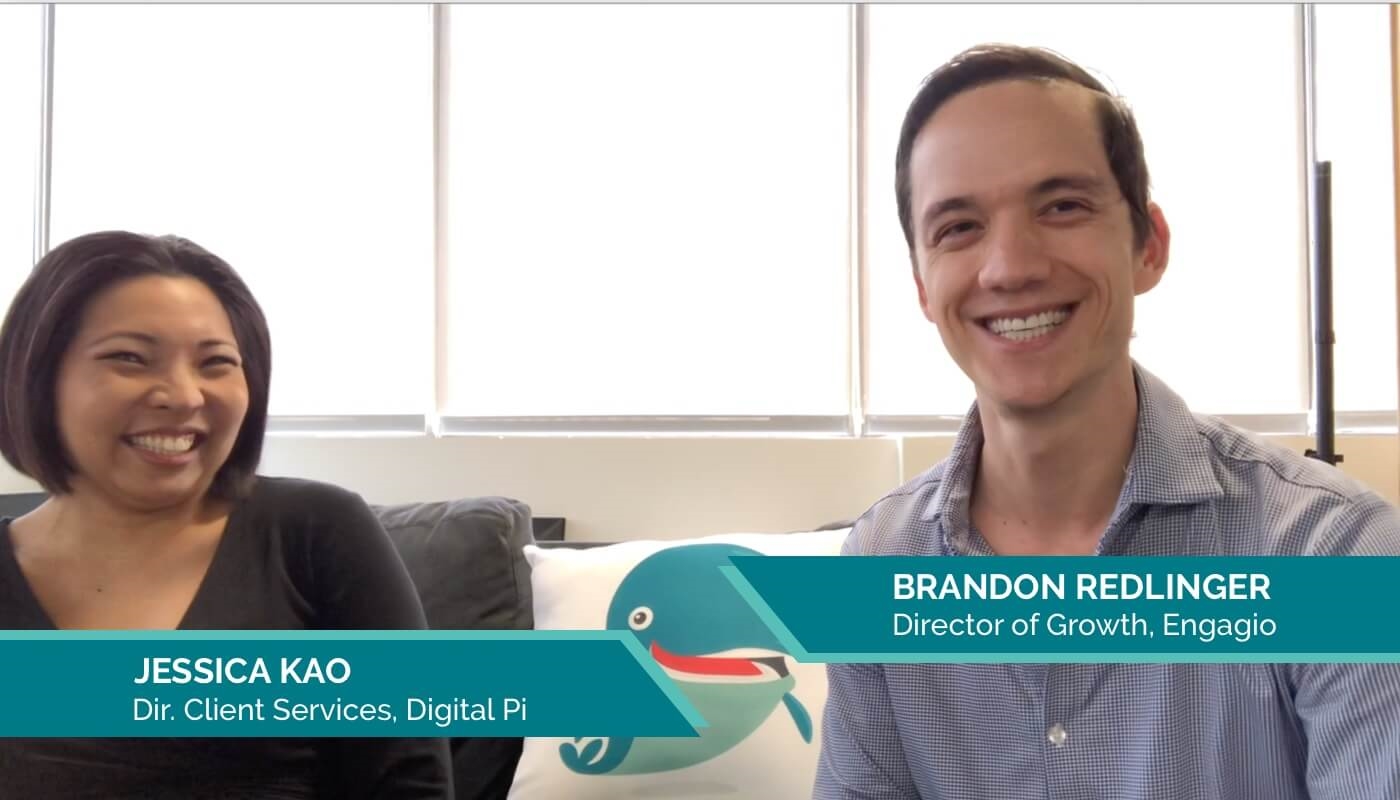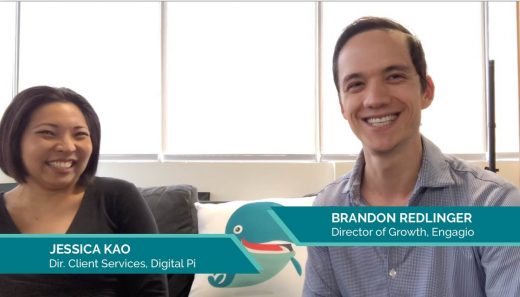How Do You Not Get Duped When Buying ABM Software?
— May 14, 2019

Have you ever been browsing Instagram, and an ad pops up for a new, sleek, modern piece of furniture that you absolutely had to have? You know exactly where you want it put in in your house, and you can already visualize how much better the room looks. You even begin to imagine having friends over and showing it off. Just your luck, today it’s %50 off, so you buy it.
When it’s delivered, you immediately open the box and start assembling. However, staring at the black and white drawings in the instruction manual and trying to figure out which pieces are which, you realize this is going to be harder than you thought. “Is D9 this piece or this one? And is this the front or the back?!” Hours later, it’s done, and nothing like what you saw on Instagram.
We’ve all had these experience.
Maybe you’ve even had a similar experience buying software. It shouldn’t be like this, but all too often, it is. With more ABM and MarTech software available today than ever before (and more available every passing day), it’s hard to decipher the genuine versus the frauds.
That’s why I sat down with Jessica Kao, Director of Client Service at Digital Pi and asked her “How do you not get duped when buy ABM software?” She explains that there is no easy button. You must start with the end in mind, be patient, and work your way to the idealized implementation of the software.
Here’s my conversation with Jessica!
TRANSCRIPT:
Brandon: So how do you not get duped when buying ABM software? Hey guys, Brandon Redling here, Director of Growth here at Engagio, and I’m stoked to be joined by Jess Kao, Director of Client Services at Digital Pi. Welcome, Jess.
Jessica: Thank you.
Brandon: So how do you not get duped?
Jessica: You have to be smart about asking the right questions and trying to figure out, first figure out what you’re trying to do or accomplish in Account Based Marketing and measurement of your analytics. So first, before you go out there and buy a lot of shiny new toys, which I know we all love to do as marketers, you really have to figure out what your goals are.
You have to start with your goals, you have to figure out the people and the processes and what you’re trying to do first, and then once you figure out what you’re trying to do, then you can go out and find the things and the tools and the resources and the people that are going to help you get there. And you can’t believe everything that people say, that people tell you out there and the one thing that I hear a lot of that is guaranteed false, is that there isn’t an easy button out there.
Brandon: There’s not?
Jessica: There’s not an easy button.
Brandon: Dang it!
Jessica: Where’s that red easy button, right? That’s a lie.
Brandon: ABM, done. No?
Jessica: Total fairy tale, total lie. So anyone’s who’s coming and showing you beautiful dashboards that can be done with a click of a button, it’s important for you to ask the right questions so you can make good decisions about what tools you’re going to use or what tools you’re going to get that would be beneficial to you and your company and the processes at your company.
Because I’m sure, as a marketer, you’ve seen lots and lots and lots of charts, lots and lots of dashboards, pretty, very pretty dashboards that change and that are very, very slick but kind of the important question to ask is there is the data that powers all of that – What does it take to get there? What is feeding into the dashboard? It’s kind of like, a lot of times I think of it a faucet, you turn it on, water comes out. It’s a beautiful thing.
It’s an amazing thing, but if you think about all the things that had to happen, and all the planning and all the building and all the approvals and things like that to get that to happen. That’s the important part. I give talks all the time on analytics, it’s one of my favorite things to talk about, so that’s why I’m going to be here for awhile! I always encourage, yes, take pictures of these reports that I’m showing you but that’s not the important part.
The important part is how do I get there? It’s the plumbing! What I do and why I spend a lot of my time with data is I kind of feel like a plumber. I think plumbing’s kinda sexy. But you have to get the pipes to pipe the data that feeds into your reports. You have to understand where they come from. Well what is feeding into it? What are the calculations? How are those numbers that are showing up and those pretty histogram bars, where is the source of that data?
What other pieces of software, what things that other marketers and salespeople do affect those numbers and kind of work your way backwards in the breadcrumbs. And a lot of times, and I’ve done it too in talking to other people, they kind of beat around the bush, do your due diligence, and really press and say you got to show me when I do something over here, how does that affect the dashboard at the end? So go backwards from the breadcrumbs to understand how those things are being calculated.
Ask those types of questions. It’s not about the dashboard, that’s the end goal. It doesn’t show you how to get there. There’s a couple different analogies that I use. My favorite dessert to make is tiramisu.
Brandon: Mmm, I love tiramisu.
Jessica: I love it and I’ve got my secret recipe and everything, but if I showed you 50 pictures of the finished product, that doesn’t help you make the tiramisu.
It doesn’t tell you that all the ingredients have to be chilled, if they’re not, bad things happen, that marscarpone cheese doesn’t have enough fat content, the pictures aren’t going to tell you. So the same thing, the dashboard isn’t going to tell you what the majority of the work is, that 90 percent of the work is what goes into it. It’s methods, and what are the ingredients, and how do I do it? You gotta go to cooking school.
You got to make those dashboards. When you’re talking to people about analytics and ABM, and they have these beautiful presentations, and you want to do what they do, focus less on the end goal and more on how did they get there. What were the processes? What do I need to make sure my data needs to be like in order to get there?
Business & Finance Articles on Business 2 Community
(33)


